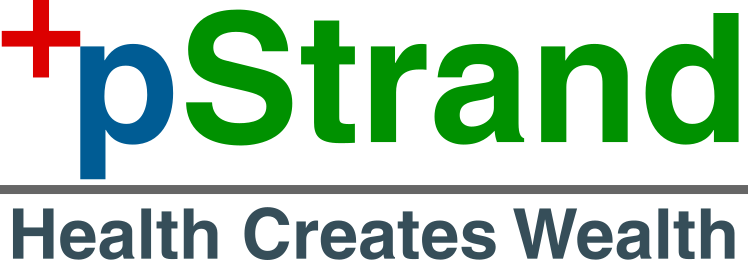What happened:
PSIC selected ITMN as 5th project on Aug 5th when price was at $43; on August 12th, rumor came out ITMN was negotiating buyout. On August 23, Roche buyout at $74 per share announced. We went on evaluation anyway.
Patient Base (Prevalence vs Incidence):
One important factor when evaluating ITMN is IPF patient base. Most analysts see a stable patient base, which grows slowly with population. However, they only consider new incidence rate, which are determined by following factors:
New patients
- Population growth
- Better diagnosis
- Public awareness
- Incidence rate
Dynamic change of existing patient base
What they miss is the future prevalence of disease resulted from newly available Esbriet therapy. As a deadly disease, IPF currently has a turnover of three years. So the patient base is three times the yearly new incidences.
However, with Esbriet, IPF Patient will live twice as long. So the turnover will be 6-7 years. Kind of like inventory turnover, with this new drug, patient base will grow to 6-7 times yearly new incidences. That's double amount of patients, with the same new incidence rate.
We assume it will take 10 years for prevalence to reach new stable level. Then we calculate patient base in 2015-2019 as shown in our research.
What Roche is Buying:
We estimated ITMN value in the range of $23 - 40 per share. Roche bought the company for $74 per share. While acquisition usually comes at a premium and big pharmaceuticals such as Roche have no problem offering that, the rational part of Roche perhaps is betting on the following factors:
S&GA R&D synergy
With experienced sales and R&D team, Roche can probably penetrate the market faster, grab higher market share, and improve marketing and R&D efficiency.
Competitors fail to enter
Getting a new drug approved is not easy. It was hard for Esbriet; it won't be easy for its competitors. Nintedanib from Boehringer Ingelheim and FG-3019 from Fibrogen may get delayed or completely fail to enter market. This will give Esbriet longer monopoly time, higher market share, and better pricing opportunities. All mean $$$.
Patent extensions and new indications
Intermune is applying for new patents to extent its exclusivity beyond 7 years. They are weak patents. With Roche's resource and experience in the legal front, Esbriet may have a better chance.
ITMN Price: A Tale of Hope and Despair
In the conclusion of our research, we found ITMN is very much similar to our 2nd project candidate CHTP:
- They are both licensed from Japanese companies.
- They are both already-generic drug aiming for new patentable indication.
- They are both the first drug in an orphan disease, aiming for 7 years of market exclusivity.
- They both have moderate benefit while safety is not an issue.
- In their first NDA application, they both had favorable Advisory Committee votes, but still CRLed by FDA asking for more clinical trial.
- They both are eventually acquired by a larger pharma.
Accordingly, their stock prices went a similar path with remarkable volatility.
- 2010 pre-CRL price $45 (market cap 2.6B), post-CRL $11 -> $8 (<0.5B cap);
- after EU approval 2010.12 -> $36 -> $52;
- No-benefit report by IQWIG -> $7.5 in 2012
- $74 in 2014 (Acquired by Roche)
What we learned from this case:
With $25-40 per share in mind, before the first NDA, its upside may not be that great. But after CRL, when the market cap drop to less than 0.5B, if you still believe this drug will be the first drug to save IPF patients. You should invest in the company with huge upside and little to lose.
And, amazingly such opportunity occurred again in the end of 2012, when a private institution said its benefit was "not quantifiable". All I can say is, the stock market never lacks opportunities.
